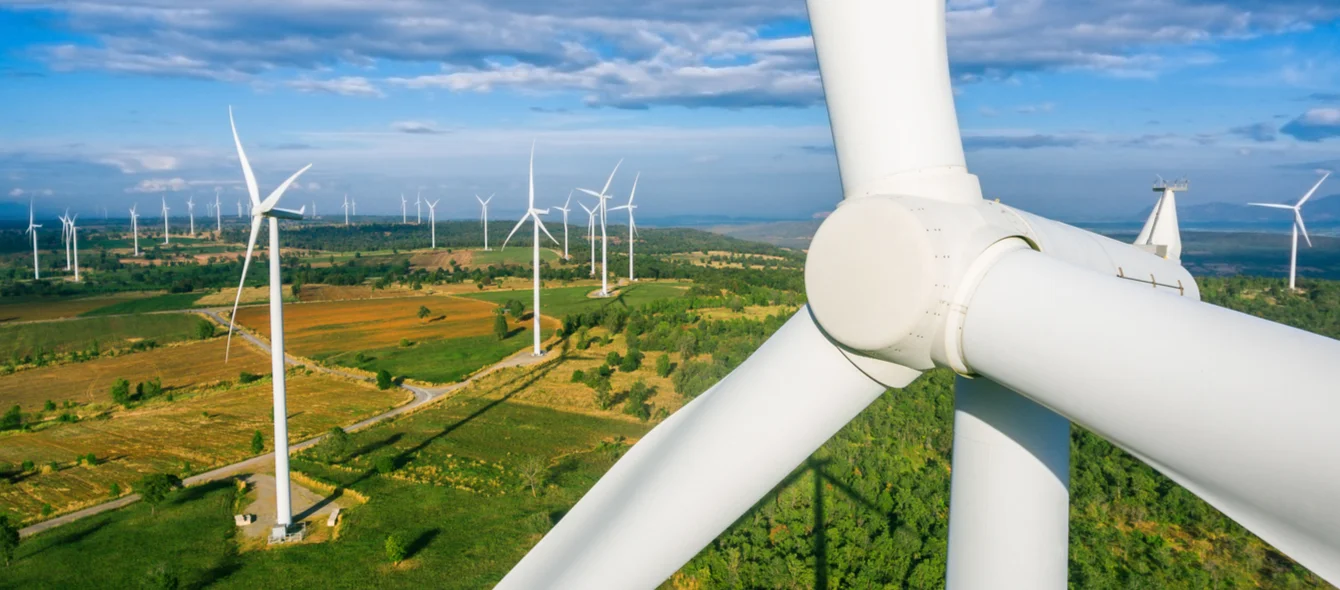The Covid-19 pandemic has and continues to batter the world’s economies, but a resilient renewable energy sector is bucking the trend and has continued to grow despite the global economic turbulence and severe disruption to the sector’s supply chains in the first half of the year. According to the International Energy Agency’s (IEA) report, “Renewables 2020 Analysis and Forecast to 2025”, published in November, electricity generation from renewable energy sources is expected to grow 7% this year in sharp contrast to all other fuels and an expected overall decline in global energy demand of 5%.
Moreover, investor appetite for renewables remains strong. From January to October 2020, the amount of auctioned renewable energy capacity was up 15%, compared with the same period in 2019. The shares of renewable equipment manufacturers and project developers have also outperformed the rest of the energy sector and most major stock market indices, the agency says.
Records tumble
In fact, the renewable sector is gathering momentum. In the first half of 2020, 13 countries awarded almost 50 GW of new renewable capacity, which is expected to become operational during 2021-24, the highest amount ever. The IEA estimates that renewable capacity additions are on track to grow 10% in 2021, the fastest expansion since 2015.
Renewables are set to account for 95% of the net increase in global power capacity through 2025, while total wind and solar PV capacity is expected to surpass natural gas in 2023 and coal in 2024. By 2025, renewables are expected to overtake coal as the largest source of electricity generation worldwide.
One of the IEA’s most significant findings relates to the falling cost of renewable energy. The agency estimates that purely market-based renewable projects – i.e. built without the aid of government support – will see their share of the market rise from 5% today to more than 15% through 2025.
Bright prospects
The IEA lists a number of reasons why renewable energy projects remain an attractive investment opportunity, suggesting they will continue to outperform other energy sources and play a key role in the post-pandemic economy recovery. First, interest rates remain low. This benefits renewable energy projects, which have high upfront capital costs, but low operational costs.
Second, renewables often come with long-term, fixed-price contracts, which makes them a safe investment in an uncertain economic environment. Third, there is plenty of demand — since June 2019 countries worldwide have awarded a record 100 GW of new capacity.
Fourth, the pandemic has not prompted governments in major markets to cancel support schemes, while the adoption of net zero carbon targets by the EU, several European countries and three of Asia’s main economies, including China, gives investors long-range visibility that energy transitions will retain government support. Finally, like many sectors, state stimulus packages have helped utilities and small businesses in the electricity sector maintain cash flows and thus their capacity to invest during and after the pandemic.
Photo credit: shutterstock.com, Blue Planet Studio
